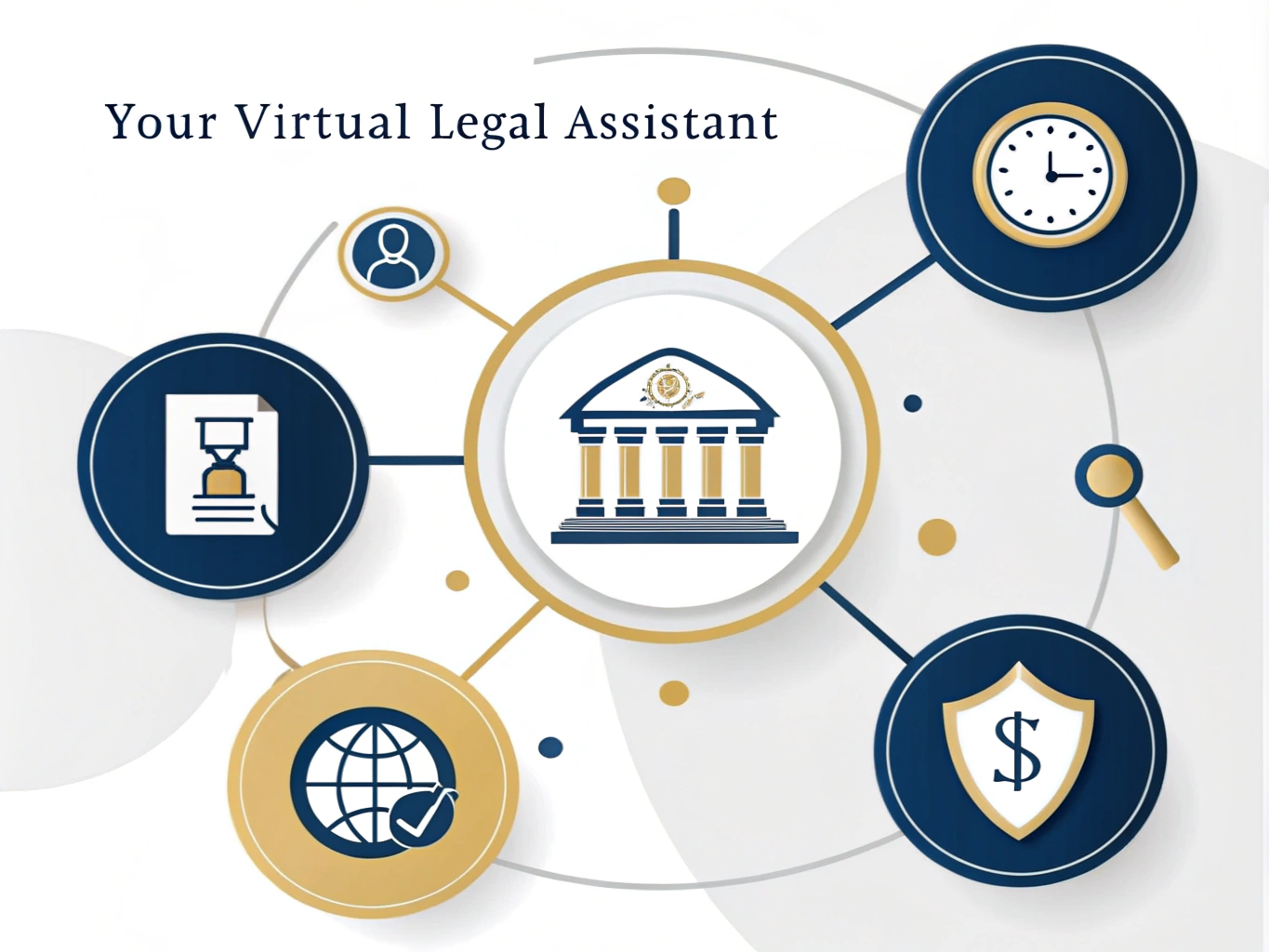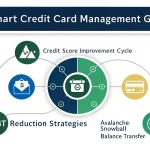Legal Advice Request
Processing your request...
Is this tool helpful?
How to Use the Legal Advice Tool Effectively
You can use this Legal Advice Tool to get tailored guidance on your legal issues quickly and easily. Follow these steps to get the most accurate advice:
-
Describe Your Legal Situation: In the first text area, clearly explain your legal problem. Your description should be detailed enough to provide context but concise. For example:
- “I received a notice from my HOA about unauthorized modifications but I believe my changes are compliant.”
- “My business partner is withholding crucial documents after we dissolved the partnership.”
-
Enter the Applicable Jurisdiction: Specify the location that governs your legal matter. Laws vary widely depending on where the issue occurs. Some examples:
- “Texas, USA”
- “Victoria, Australia”
- Add Additional Details (Optional): Use the optional field to include extra facts like dates, amounts, or previous actions. These details can improve the relevance of the advice.
- Submit Your Request: Click the “Get Legal Advice” button to send your information for processing.
- Review Your Customized Advice: The tool will generate legal guidance based on your inputs. Read it thoroughly to understand your options.
- Copy or Save the Guidance: Use the provided option to copy the advice text for your records or to share with others involved in your case.
What Is the Legal Advice Tool and How Does It Help You?
This Legal Advice Tool acts as a virtual legal assistant to give you preliminary guidance on a variety of legal questions. It leverages advanced language processing to analyze your description and jurisdiction, delivering advice that fits your specific situation.
Its main goal is to empower you with an understanding of your legal rights and options without the need for immediate professional consultation. While it doesn’t replace expert attorneys, it helps you navigate the initial stages of your legal concerns by providing clear, actionable information.
Key Benefits of Using the Legal Advice Tool
- Available Anytime: Get help 24/7 whenever a legal question arises.
- Cost-Free Initial Insights: Access guidance without paying expensive consultation fees.
- Personalized Responses: Receive advice tailored to the details you provide.
- Jurisdiction-Specific: Advice considers local laws relevant to your location.
- Easy to Use: Simple interface requires no legal background to navigate.
- Covers Many Legal Areas: Helpful for employment, landlord issues, contracts, personal injury, and more.
Practical Uses of the Legal Advice Tool
You can use this tool to address common legal challenges by receiving clear guidance relevant to your circumstances. Here are some ways this tool helps you:
1. Understanding Your Legal Rights and Duties
The tool clarifies your rights and responsibilities in different situations. For example, if you face workplace harassment, you could input:
“My supervisor has been making inappropriate comments at work repeatedly. What protections do I have?”
You will receive an explanation of harassment laws, what evidence to gather, and how to proceed.
2. Step-by-Step Legal Guidance
Whether you’re involved in a contract dispute or a landlord-tenant issue, the tool guides you through the required steps. For example:
“My landlord entered my apartment without notice multiple times. What can I legally do?”
The tool outlines the legal rights tenants have about privacy and requests procedures to handle violations.
3. Evaluating the Strength of Your Legal Claim
You can check if your case has merit. For example:
“I was injured by a defective product I purchased online. What are my chances of winning a claim?”
The tool provides an assessment based on product liability laws and required proof.
4. Demystifying Legal Terms
If legal terms confuse you, this tool explains them in simple language. For example, it defines “breach of contract” or “statute of limitations” clearly so you know what they mean and how they apply.
5. Suggesting Alternative Dispute Resolution
Not every dispute requires court involvement. The tool recommends options like mediation or arbitration where appropriate, describing their benefits and processes.
6. Knowing When to Consult a Lawyer
The tool recognizes complex or severe cases and advises you to seek professional legal help when necessary, such as for criminal charges or high-stakes civil litigation.
Who Should Use This Legal Advice Tool?
This tool is ideal for individuals who need quick, reliable guidance on legal issues without immediate access to a lawyer. It supports:
- Employees facing workplace disputes
- Tenants dealing with landlords
- Small business owners handling contracts
- Accident victims exploring injury claims
- Anyone needing clarity on legal rights and procedures
Why Using Jurisdiction-Specific Legal Advice Matters
Laws differ greatly depending on your country, state, or region. The same issue in different places can have unique rules, deadlines, and remedies. This tool asks you to enter your jurisdiction to tailor the advice based on local laws, making it relevant and actionable for your location.
Conclusion
The Legal Advice Tool provides you with a convenient way to understand your legal position and explore practical next steps. While it doesn’t replace a professional lawyer for complex issues, it gives you valuable preliminary guidance that helps you prepare and make informed decisions. Use it anytime you need clear and reliable legal insights customized to your particular situation and jurisdiction.
Important Disclaimer
The calculations, results, and content provided by our tools are not guaranteed to be accurate, complete, or reliable. Users are responsible for verifying and interpreting the results. Our content and tools may contain errors, biases, or inconsistencies. Do not enter personal data, sensitive information, or personally identifiable information in our web forms or tools. Such data entry violates our terms of service and may result in unauthorized disclosure to third parties. We reserve the right to save inputs and outputs from our tools for the purposes of error debugging, bias identification, and performance improvement. External companies providing AI models used in our tools may also save and process data in accordance with their own policies. By using our tools, you consent to this data collection and processing. We reserve the right to limit the usage of our tools based on current usability factors.







